Contents
What is it?

A new sub four-metre variant of Mahindra’s Bolero utility vehicle – the Bolero Power Plus. It has been brought in to take advantage of the lower excise duty bracket for cars with under four-metre length. To qualify for the same, Mahindra has powered it with the 1.5-litre mHawk three cylinder diesel engine from its TUV300 and NuvoSport siblings. The regular Bolero’s length of 4,107mm has been marginally reduced to 3,995mm in this trim by just altering the bumpers. Otherwise, the car is identical to the standard Bolero.

A little history tells us that the Bolero brand is the undisputed leader of the utility market since 2007. Alas, the vehicle has become a bit long in the tooth with its more than a decade long run in India. Its sales have also started to dip of late, especially with the changing buying trends in the Indian market. So, does the Bolero Plus have the capability of becoming the comeback car that will fetch the volumes home for the brand yet again? We took it out for a drive to find out.
How is it on the inside?
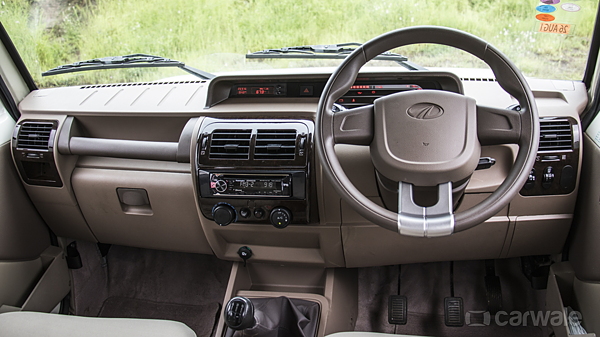
Pretty much the same as the standard Bolero. The cabin hasn’t received any significant changes over the existing Bolero. The hard grainy plastics, fit, finish and quality of the equipment is strictly average for an eight lakh rupee car. Same is the case with the driving ergonomics with near horizontal steering wheel, offset pedals and instrument cluster. What adds to the woes are the unsupportive front seats that are flat. In the second row too, the seats are flat, but at least they are wide to seat three people easily with just about sufficient legroom. The third row is too cramped up making the jump seats almost unusable. However, when folded, they make for a good luggage space even if the loading lip is too high.

On a positive note, the large windows and thin pillars give a good outside view. The beige interiors also make the cabin feel a bit more airy. Features like an air-conditioner, music system with AUX and USB and central locking with remote are standard in this top-of-the-line ZLX version. All of these are functional, but it still gives a feeling of something is amiss. True, the Bolero has always been targeted at the rural and commercial markets, so a long list of creature comforts isn’t expected. That said, at least optional safety features like airbags, ABS and reverse parking sensors could have made its way into the cabin that was revamped five years ago.

How does it drive?
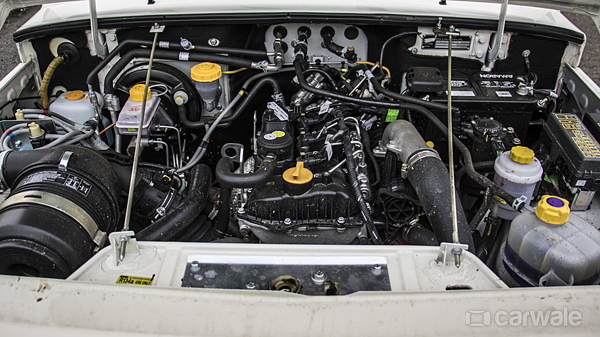
Now, one of the key highlights is the detuned 1.5-litre three-cylinder ‘mHawk D70’ turbodiesel motor from the more powerful TUV300 and NuvoSport. It is paired to a five-speed manual gearbox. Despite being less powerful than its former siblings, this engine produces 70bhp of power, which is 7bhp more than the regular Bolero. This peak power is available at 3,600rpm and 195Nm of torque between 1,400-2,200 rpm. As a result, there is a lot of pulling power from the word go. And since there is lots of torque available at lower rpm, low speeds of about 20kmph can easily be done even in the third gear. There is hardly any need to constantly downshift, unless you want to do a quick overtake. And even if the gear stick is long, it is easy working through gears. Overall drivability is good and a light clutch further makes city driving a breeze. The engine is refined, responsive and doesn’t sound rough or forced even at high revs. What comes as a pleasant surprise is the low NVH levels. Mahindra has well insulated the cabin and one can hardly hear the engine or tyre noise.
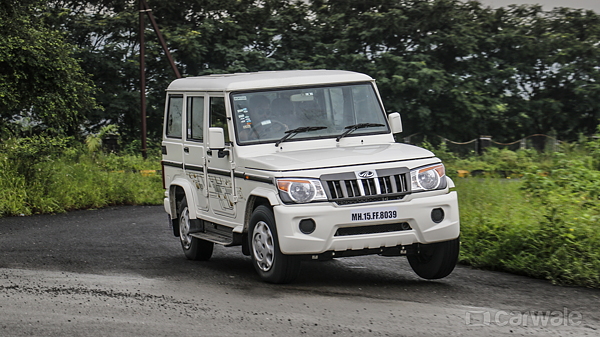
As the sedate driving makes for a pleasant ride, traversing an unknown terrain with the Bolero doesn’t require one to think twice. The Bolero gets independent suspension with coil springs in the front, while the rear is equipped with a leaf spring arrangement. With a good ground clearance of 180mm, a rock-solid body-on-frame chassis and a sturdy structure, one can tackle the bad patches at ease. Not just small bumps, but big potholes with sharp edges are also taken in its stride. However, the side-to-side movement of passengers on-board increases on these roads due to the soft suspension set-up. At high speeds, the vehicle’s behaviour becomes a bit aberrant. Straight-line stability is good but every bump, every irregularity on the road, makes the ride uncomfortable. The steering feels vague while taking bends, thus making you slow down at every corner. Going fast anyway doesn’t help as the high centre of gravity still accounts for a good amount of body roll. Then the brakes lack ABS, are soggy and one will have to plan his moves to stop the vehicle on time.
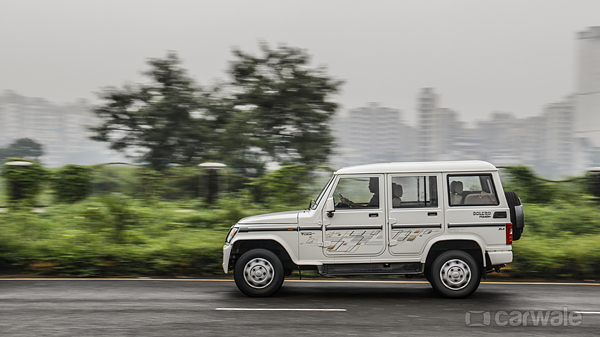
Should I buy one?
The Bolero is a rugged vehicle that has been the favourite in the rural areas. It acts as a good people carrier, is known for its reliability and is easy to maintain and repair. Now, the new Power Plus benefits from the reduced tax structure due to the sub four-metre length. So, if we were to compare the ex-showroom price of Rs 7.96 lakh of the standard Bolero Plus BS IV with AC, the new Power Plus SLE variant costing Rs 6.59 lakh is way too cheaper than the former. Eventually, with an affordable price, a cosmetic overhaul and a more capable diesel engine, it has become a better package.
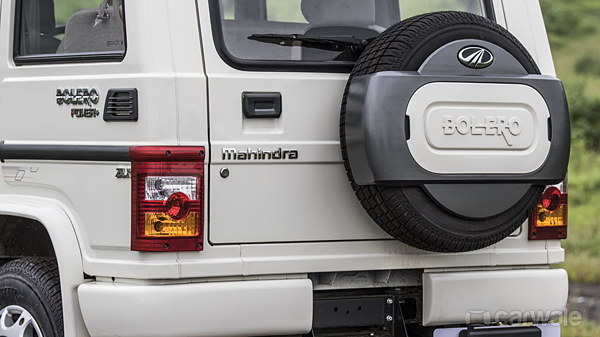
Where does it fit in?
There are not many seven-seater diesel vehicles in this price bracket (Rs 6.59-7.57 lakh), making it a free run for the Bolero. What comes close is the Tata Sumo Gold (Rs 6.84-8.61 lakh).
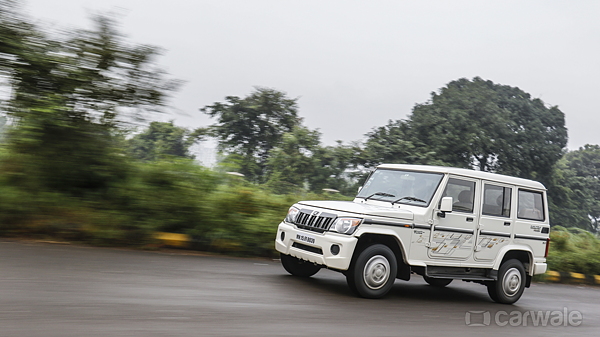
What is it?

A new sub four-metre variant of Mahindra’s Bolero utility vehicle – the Bolero Power Plus. It has been brought in to take advantage of the lower excise duty bracket for cars with under four-metre length. To qualify for the same, Mahindra has powered it with the 1.5-litre mHawk three cylinder diesel engine from its TUV300 and NuvoSport siblings. The regular Bolero’s length of 4,107mm has been marginally reduced to 3,995mm in this trim by just altering the bumpers. Otherwise, the car is identical to the standard Bolero.

A little history tells us that the Bolero brand is the undisputed leader of the utility market since 2007. Alas, the vehicle has become a bit long in the tooth with its more than a decade long run in India. Its sales have also started to dip of late, especially with the changing buying trends in the Indian market. So, does the Bolero Plus have the capability of becoming the comeback car that will fetch the volumes home for the brand yet again? We took it out for a drive to find out.
How is it on the inside?

Pretty much the same as the standard Bolero. The cabin hasn’t received any significant changes over the existing Bolero. The hard grainy plastics, fit, finish and quality of the equipment is strictly average for an eight lakh rupee car. Same is the case with the driving ergonomics with near horizontal steering wheel, offset pedals and instrument cluster. What adds to the woes are the unsupportive front seats that are flat. In the second row too, the seats are flat, but at least they are wide to seat three people easily with just about sufficient legroom. The third row is too cramped up making the jump seats almost unusable. However, when folded, they make for a good luggage space even if the loading lip is too high.

On a positive note, the large windows and thin pillars give a good outside view. The beige interiors also make the cabin feel a bit more airy. Features like an air-conditioner, music system with AUX and USB and central locking with remote are standard in this top-of-the-line ZLX version. All of these are functional, but it still gives a feeling of something is amiss. True, the Bolero has always been targeted at the rural and commercial markets, so a long list of creature comforts isn’t expected. That said, at least optional safety features like airbags, ABS and reverse parking sensors could have made its way into the cabin that was revamped five years ago.

How does it drive?

Now, one of the key highlights is the detuned 1.5-litre three-cylinder ‘mHawk D70’ turbodiesel motor from the more powerful TUV300 and NuvoSport. It is paired to a five-speed manual gearbox. Despite being less powerful than its former siblings, this engine produces 70bhp of power, which is 7bhp more than the regular Bolero. This peak power is available at 3,600rpm and 195Nm of torque between 1,400-2,200 rpm. As a result, there is a lot of pulling power from the word go. And since there is lots of torque available at lower rpm, low speeds of about 20kmph can easily be done even in the third gear. There is hardly any need to constantly downshift, unless you want to do a quick overtake. And even if the gear stick is long, it is easy working through gears. Overall drivability is good and a light clutch further makes city driving a breeze. The engine is refined, responsive and doesn’t sound rough or forced even at high revs. What comes as a pleasant surprise is the low NVH levels. Mahindra has well insulated the cabin and one can hardly hear the engine or tyre noise.

As the sedate driving makes for a pleasant ride, traversing an unknown terrain with the Bolero doesn’t require one to think twice. The Bolero gets independent suspension with coil springs in the front, while the rear is equipped with a leaf spring arrangement. With a good ground clearance of 180mm, a rock-solid body-on-frame chassis and a sturdy structure, one can tackle the bad patches at ease. Not just small bumps, but big potholes with sharp edges are also taken in its stride. However, the side-to-side movement of passengers on-board increases on these roads due to the soft suspension set-up. At high speeds, the vehicle’s behaviour becomes a bit aberrant. Straight-line stability is good but every bump, every irregularity on the road, makes the ride uncomfortable. The steering feels vague while taking bends, thus making you slow down at every corner. Going fast anyway doesn’t help as the high centre of gravity still accounts for a good amount of body roll. Then the brakes lack ABS, are soggy and one will have to plan his moves to stop the vehicle on time.

Should I buy one?
The Bolero is a rugged vehicle that has been the favourite in the rural areas. It acts as a good people carrier, is known for its reliability and is easy to maintain and repair. Now, the new Power Plus benefits from the reduced tax structure due to the sub four-metre length. So, if we were to compare the ex-showroom price of Rs 7.96 lakh of the standard Bolero Plus BS IV with AC, the new Power Plus SLE variant costing Rs 6.59 lakh is way too cheaper than the former. Eventually, with an affordable price, a cosmetic overhaul and a more capable diesel engine, it has become a better package.

Where does it fit in?
There are not many seven-seater diesel vehicles in this price bracket (Rs 6.59-7.57 lakh), making it a free run for the Bolero. What comes close is the Tata Sumo Gold (Rs 6.84-8.61 lakh).
